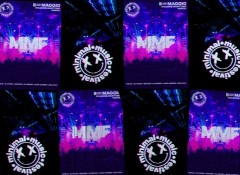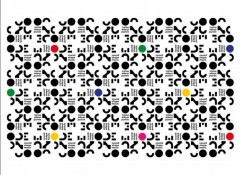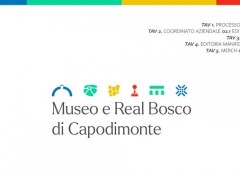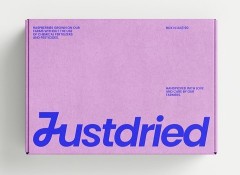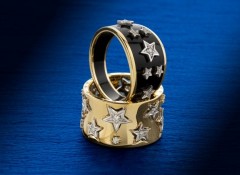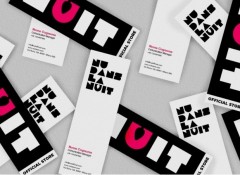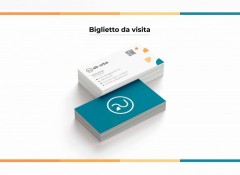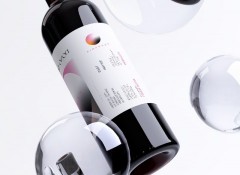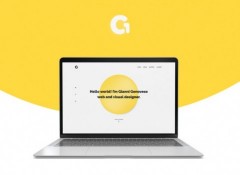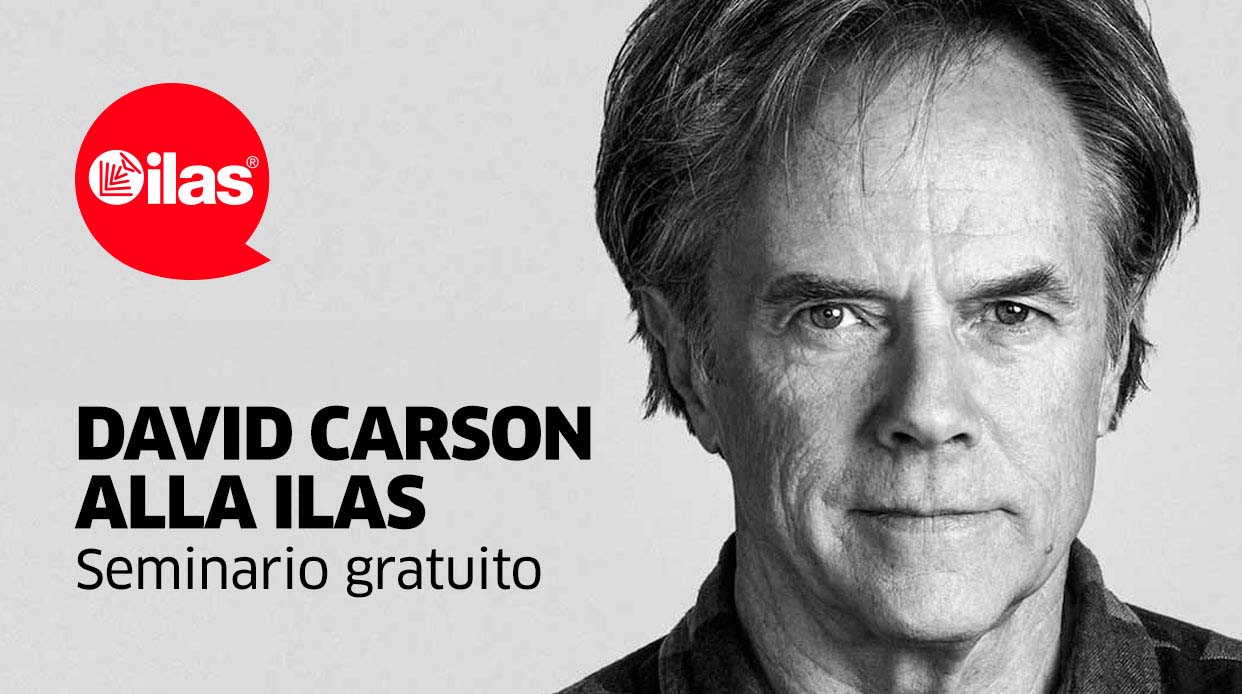
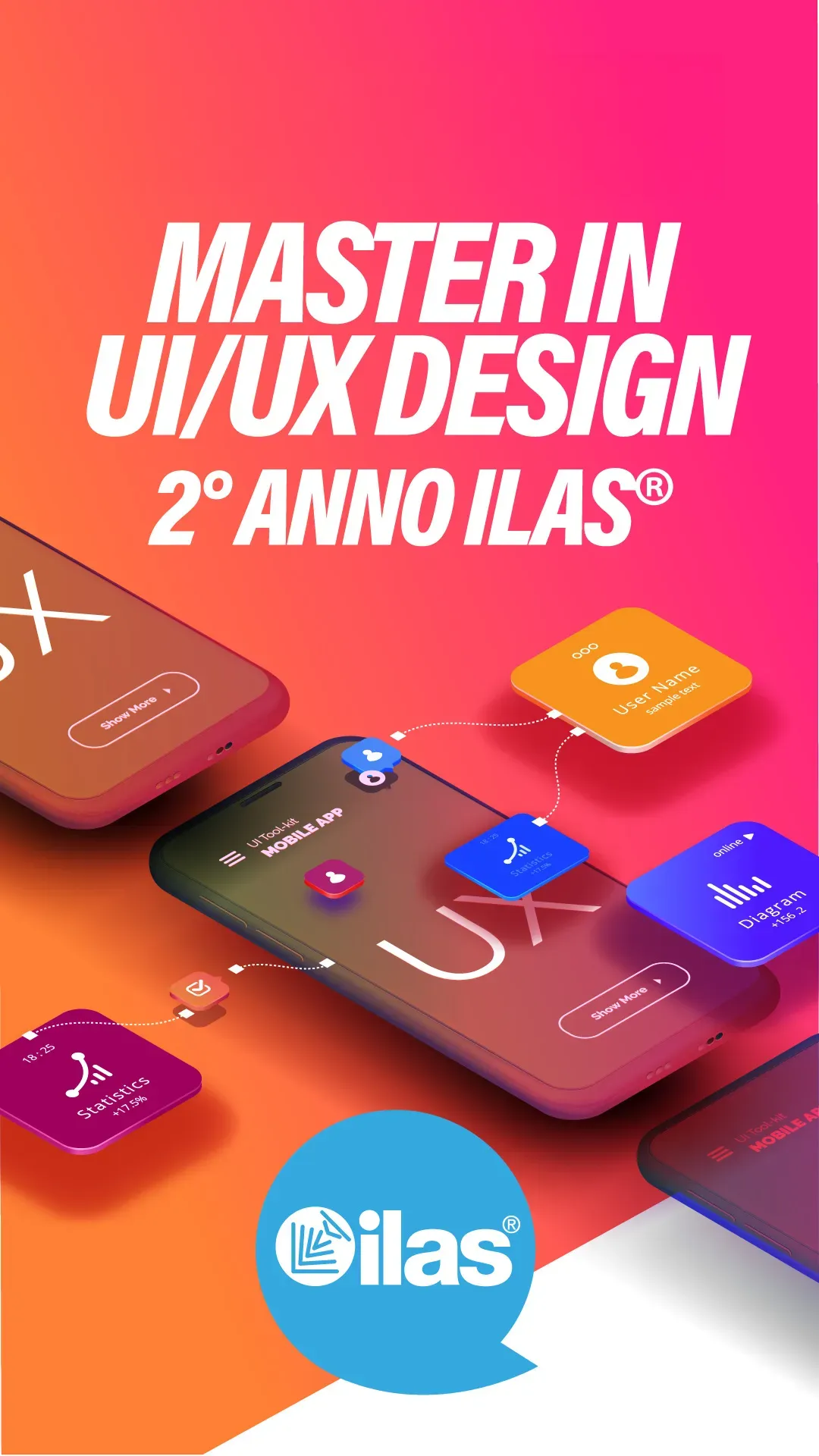
Daria La Ragione //
DAVID CARSON AT ILAS
THE ILAS DAYS OF VISUAL COMMUNICATION
THE ILAS DAYS OF VISUAL COMMUNICATION
ILAS ACADEMY NAPLES
DAVID CARSON AT ILAS
David Carson‘s presence at ILAS Academy in an exclusive seminar in Italy marked a moment of extraordinary importance for the design world, once again solidifying Naples‘ role as a crossroads of culture and innovation.
David Carson is not just a designer, but a true revolutionary of graphic design. His famous phrase «Do not confuse legibility with communication» marked a turning point in the way graphics are conceived, clearly distinguishing between simply decoding a message and creating a meaningful communication experience. During the seminar, Carson explored themes such as graphics, design, and new trends, offering valuable and stimulating insights to all attendees.
The event was completely free and open to the public, offering a rare opportunity for anyone looking to deepen their knowledge in this field.
David Carson‘s seminar at ILAS Academy marked a moment of extraordinary importance for the design world, once again solidifying Naples‘ role as a crossroads of culture and innovation. An unforgettable event, leaving a deep mark on all who had the good fortune to attend.

«Do not confuse legibility with communication»
David Carson‘s philosophy is all contained in these few words, and it is the key to the revolution with which he transformed graphics.
There are great names like Neville Brody, Milton Glaser, and our own Massimo Vignelli, who have shown us beautiful, refined things and undoubtedly contributed elegance and style to the world of graphic design.
But there was a before and after Carson, and the same cannot be said of many others.
And listen: David Carson will be in Naples, on June 27, hosted by Ilas for a free but reservation-only seminar.
Visit David Carson‘s website
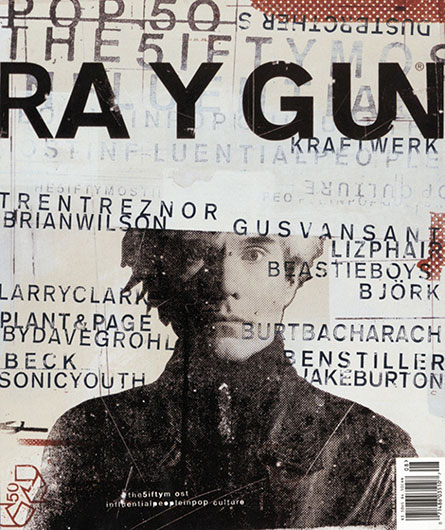
You might not be among those who loved his work, or you might not know him, but one thing is certain: you won‘t regret discovering him.
It would be enough to say that he went from being one of the top ten surfers in the world to earning a PhD in Art and Sociology to understand how much this man has been able to surprise.
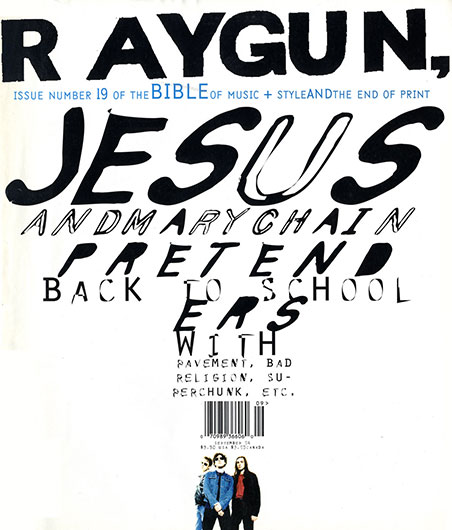
A brief biography, for example, must necessarily omit all the recognitions he has received, as they are over 180 (for example, the AIGA Gold Medal in 2014), but it cannot overlook his work in publishing. Starting with Beach Culture, his first real test where he began his daring use of typography and photography, which would later lead him to direct Surfer and then, finally, to direct RayGun, the magazine that definitively launched him and showed the world a layout idea and a use of lettering worthy of an alien: no more Swiss school dictates, no more precision, no more orthogonal lines, and above all, no more legibility dogma.
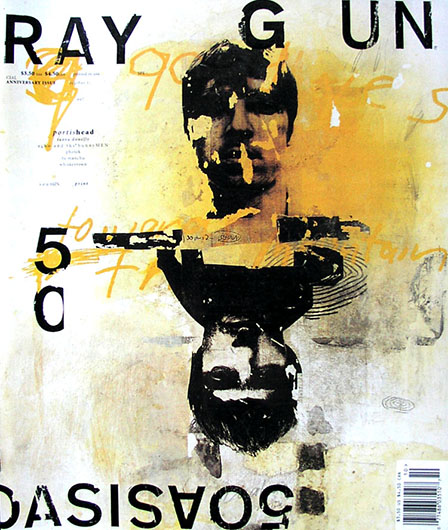
In Carson‘s covers, the message is what truly matters, and everything else is expendable: overlapping characters, mixed upper and lowercase letters, photos of great artists with blurred faces, erased letters, all to convey that sense of rebellion against the plastic world of the 80s, which would later be labeled as "grunge." The Seattle wind in graphic design begins to blow from the pages of RayGun and leaves an important legacy because it teaches those who come after to be free from preconceptions.
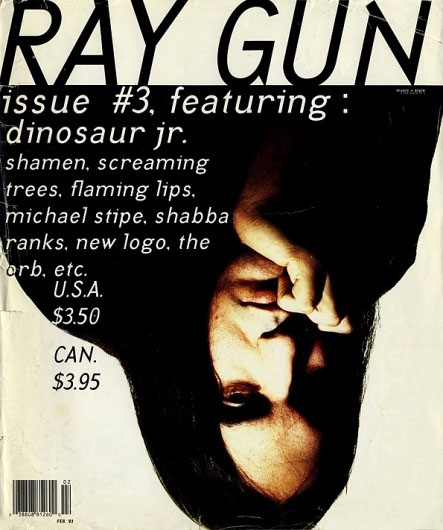
Then came New York, the birth of his studio David Carson Design, and collaborations with major clients: Levi’s Strauss, PepsiCola, Nike, Ray-Bans, MTV Global, Mercedes-Benz, MGM Studios, Suzuki, Microsoft, Giorgio Armani, American Airlines, Budweiser, Kodak, Toyota, CNN.
In 2014, on the 30th anniversary of the launch of the first Macintosh, Apple compiled a list of the 30 most influential Mac users of all time: the only graphic designers included were him—the father of grunge graphics—and April Greiman, the mother of contemporary graphics.
As often happens with great innovators, Carson is a man of great culture and knowledge, who studied the rules in depth before overturning them, and who has taught for many years. His book *The End of Print* is still one of the best-selling books in the industry.
Here is David Carson‘s TEDTalk
«Styles come and go. David´s design is a language, not a style.»
In other words,
«Styles come and go. David‘s design is not a style; it is a language.» Massimo Vignelli







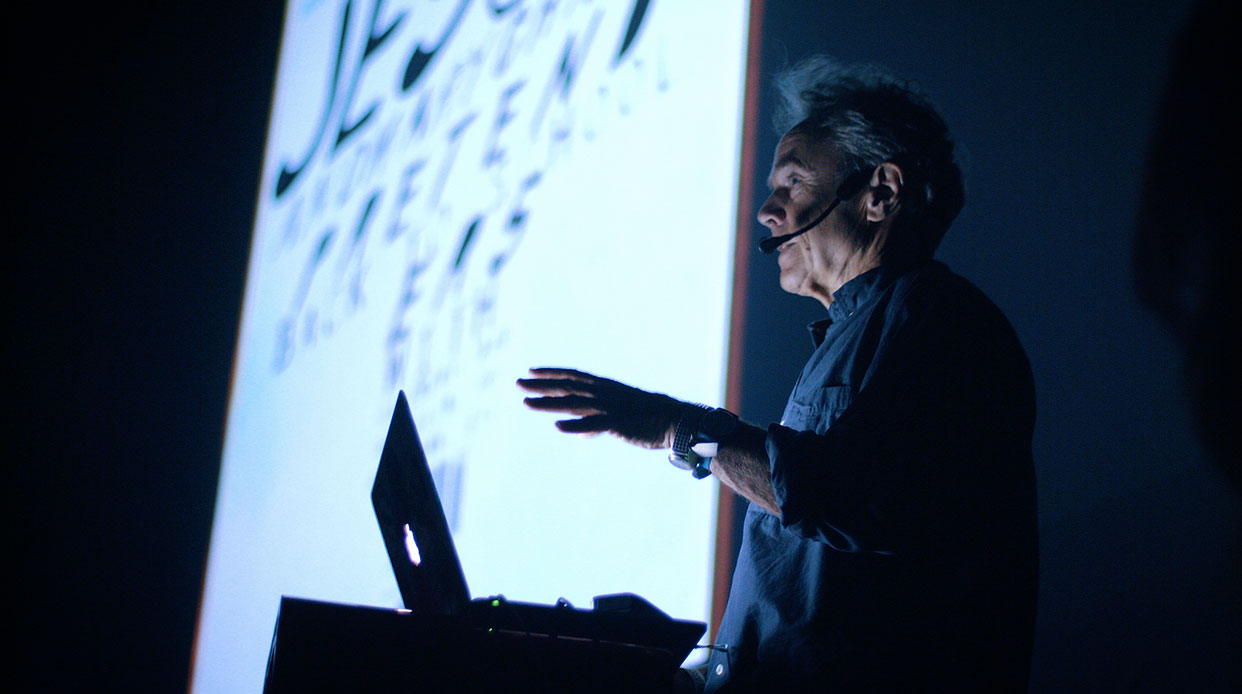
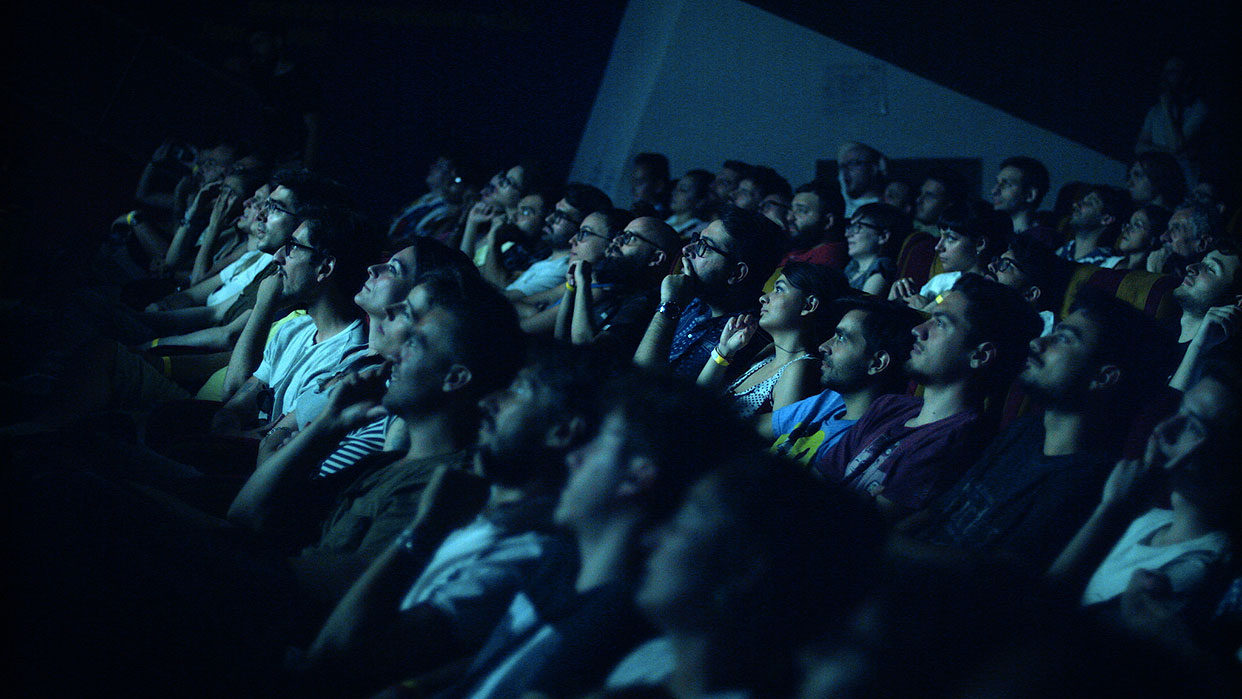
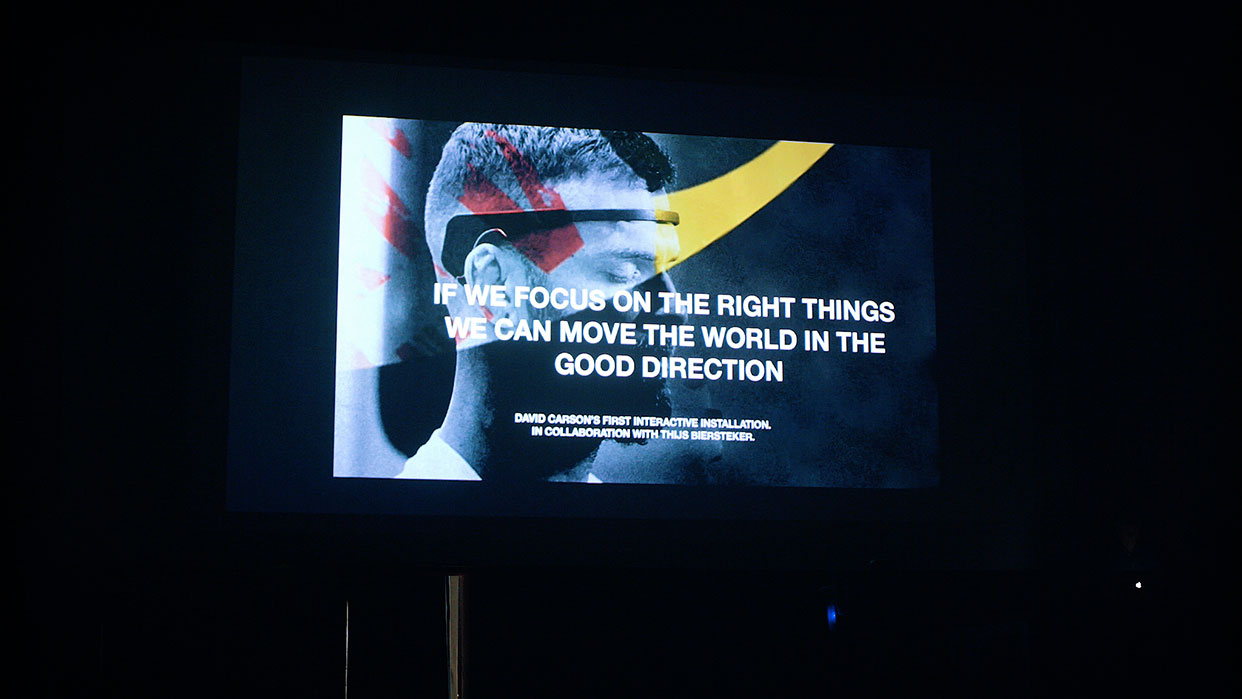
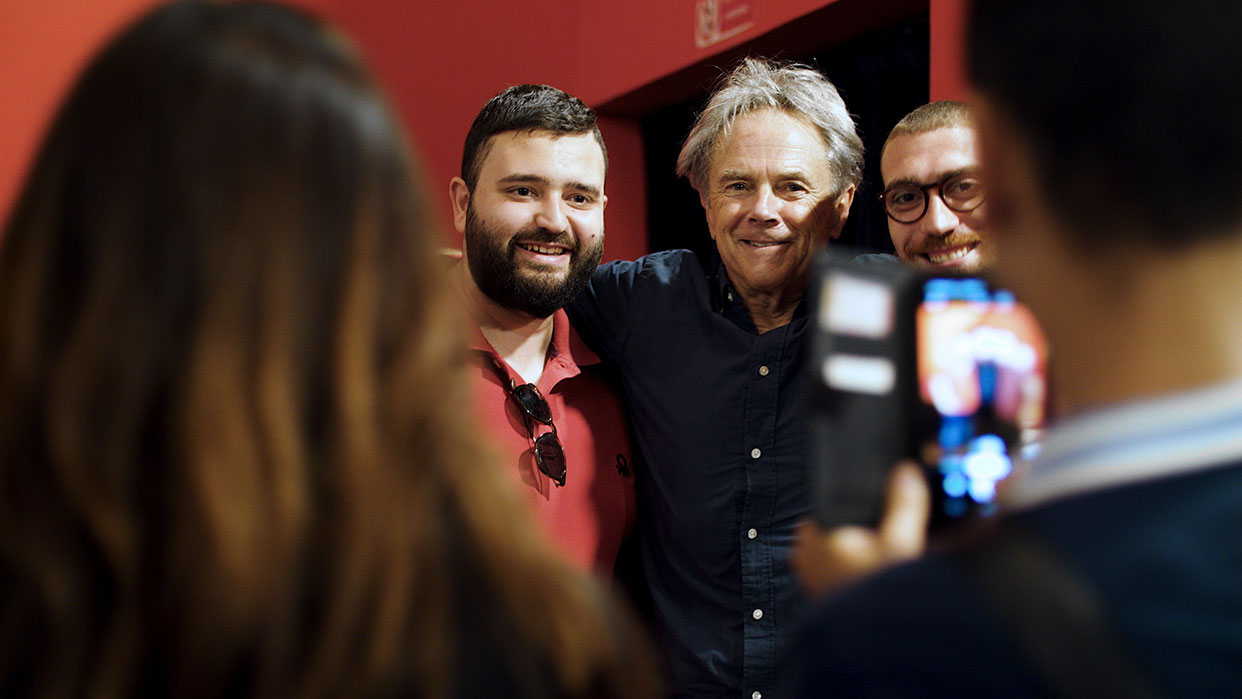
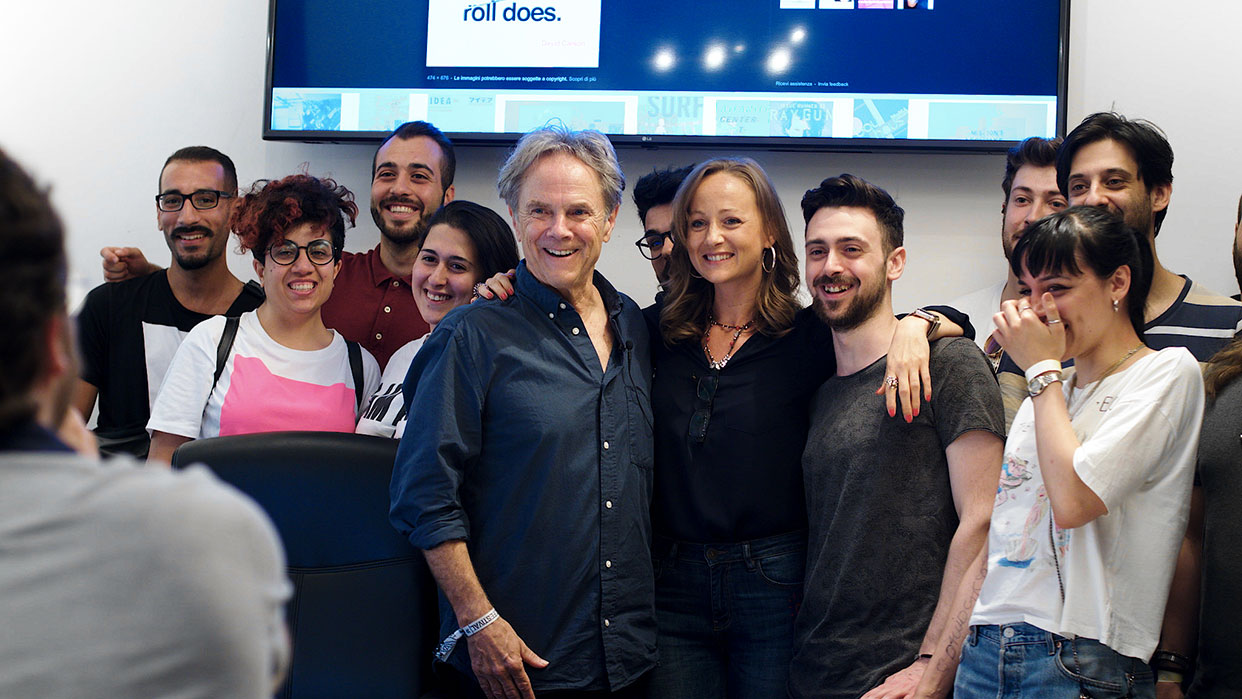
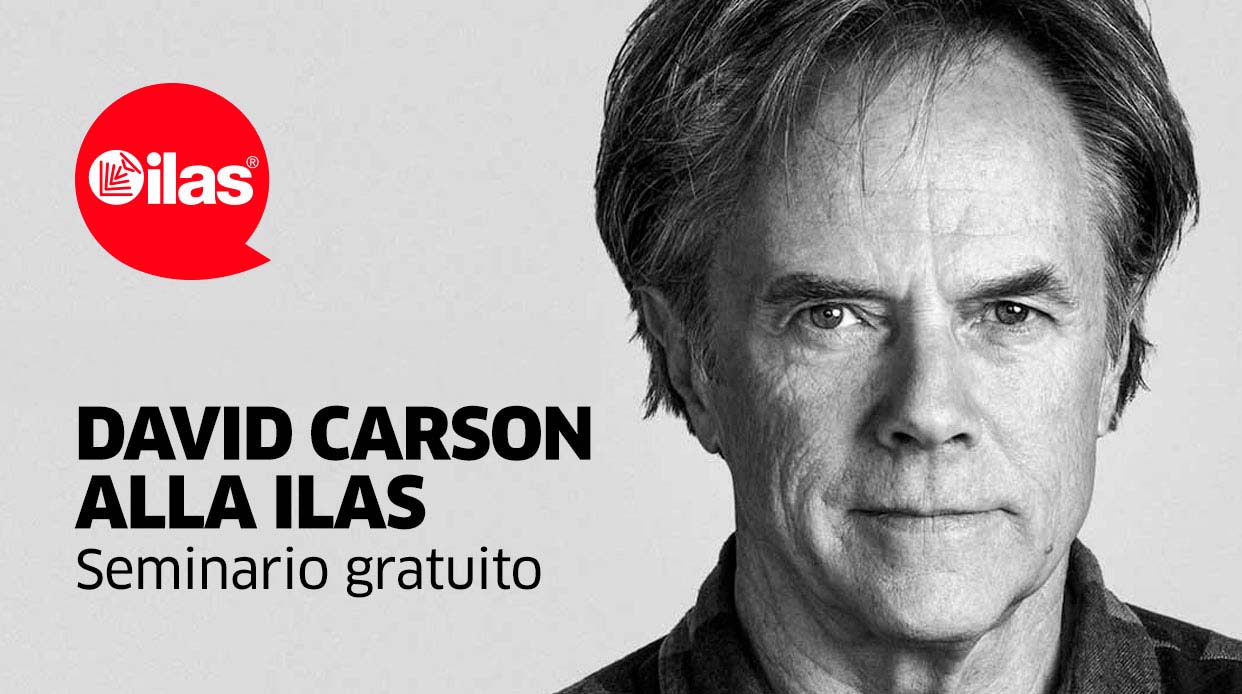
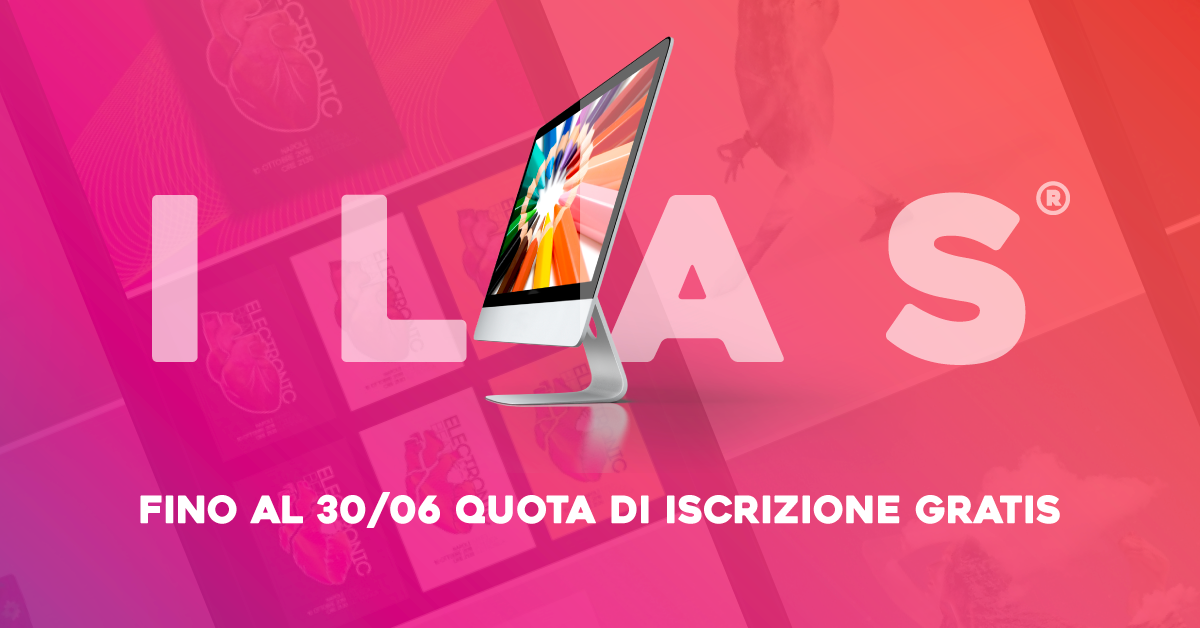





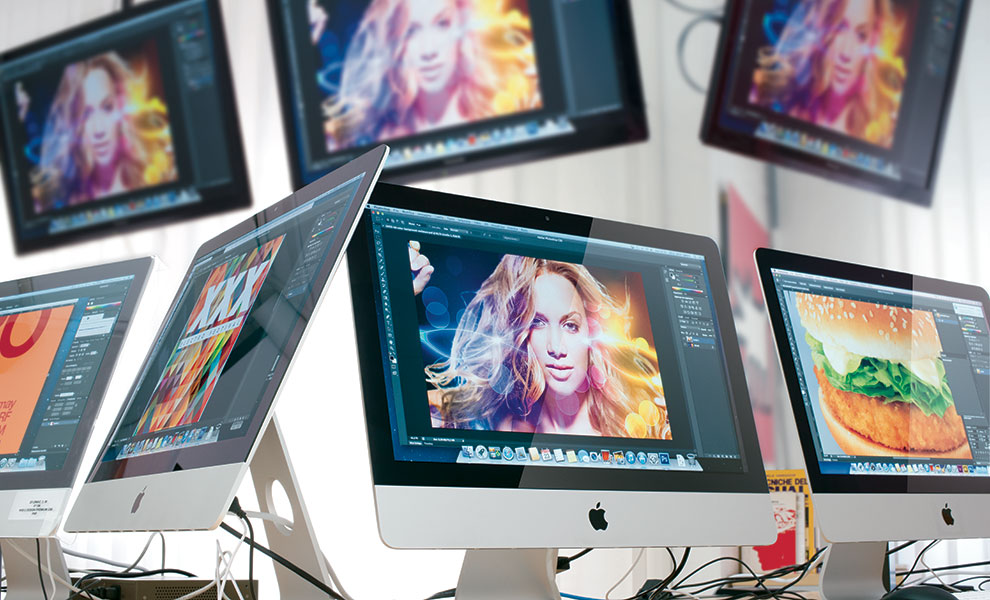



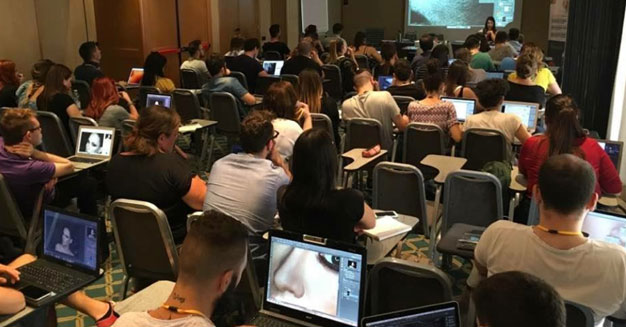


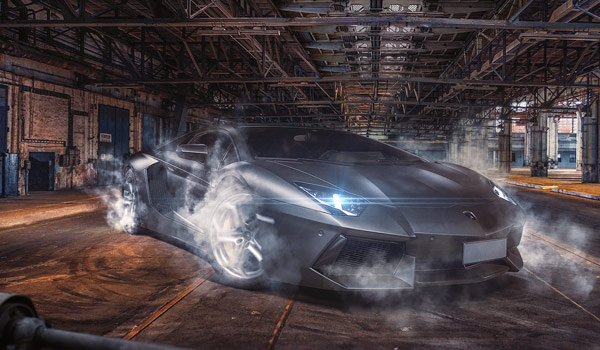
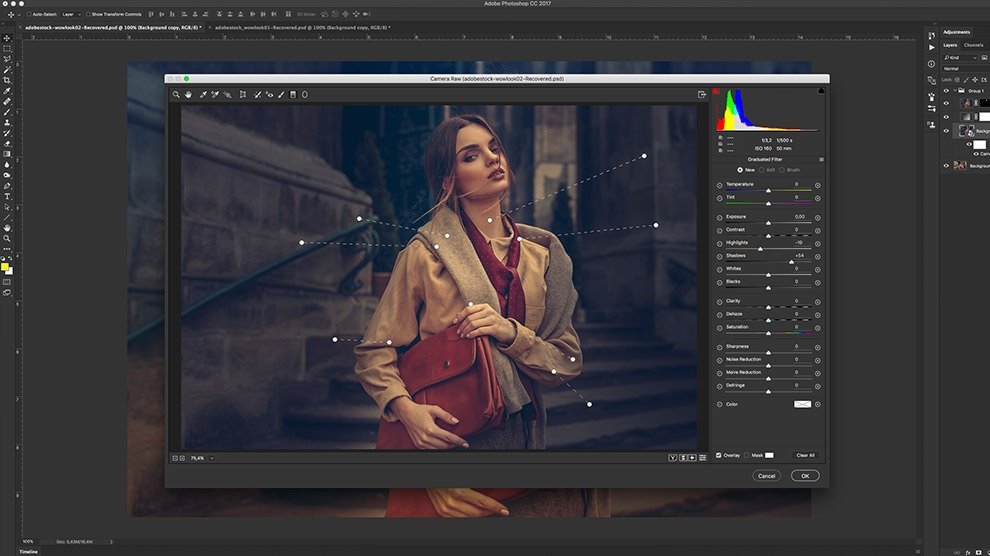

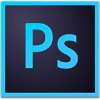


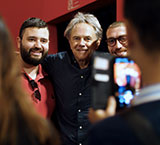


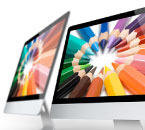
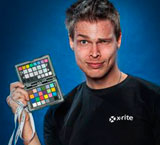

.jpg)
